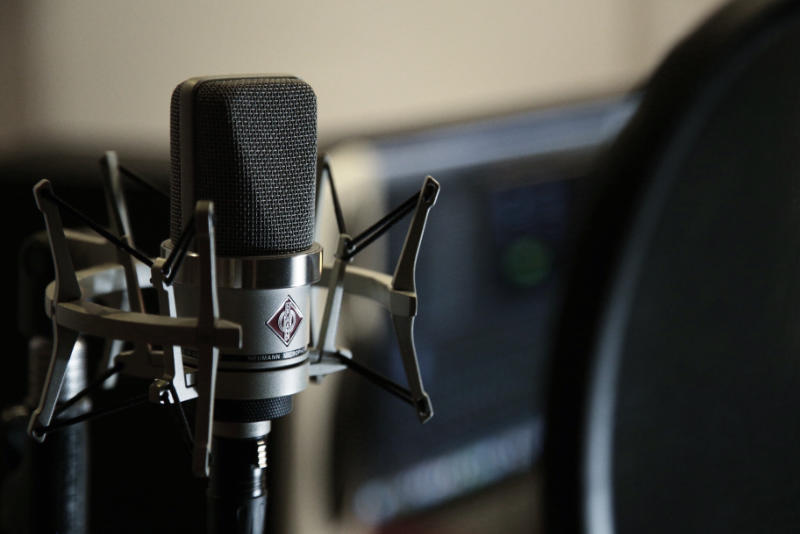In this post, I’d like to explain what vocal warm-ups are and how the specific warm-ups I use, work, and why. Not every sound that we reverberate can be looked upon as a warm-up. Some are more focused on specific attributes of the singing voice. All will help coordinate the activity of the muscles involved in singing as well as the singer’s vocal tract.
SOVT: Semi-Occluded Vocal Tract Exercises such as lip flutters and straw phonation are a great way to begin the warm-up. These exercises create back pressure which aligns the vocal tract so that the voice will work better and more efficiently. As this is occurring the singer is also accessing and lengthening the vocal folds and corresponding muscles. The laryngeal musculature. The SOVT exercises also create acoustic space in the forward regions of the skull including the nasal pharynx. Now we’re ready to wake up or activate the other regions of the voice.
MASK: the mask is the region in the front of the face where one would wear a mask. This included the nasal pharynx region which is the space at the back of the nasal passages. By engaging in these whiny or brassy exercises as I demonstrate in my “Danny Richard vocal warm up series”, this is one of the key places where the singer places the sound for projection and brightness, the singer is allowing resonance into this forward brassy placement. It takes time to connect as the nasal pharynx is often a storage place for excessive mucous. An “ m” or “ ny” is used to encourage the tongue to move forward as this helps in phonating the sound.
SOFT PALATE or LOFT: in this warm-up exercise the singer is directing the air and thus the sound to the roof of the mouth where the palate raises and the tissue is softer. We refer to this space as the “ loft”. This is the other key place where vocal resonance occurs. By singing a series of scales the singer is connecting the loft space and the action of the vocal tract to produce a dark or even dopey sound. Unpleasant as it may sound, when mixed properly with the mask, it becomes a pleasing sound.
MIXING EXERCISES: I use short note exercises to help the singer to find a mix. What is a mix? A mix is a blend of the brassy mask placement and the dopey loft placement. By using a series of staccato notes and a melodic legato phrase, the singer is challenged to find and keep that mixed resonance as they ascend the scale. This is how we develop consistency in tone.
DYNAMIC EXERCISES: I use a series of warm-ups where the singer is asked to alter the volume and tone and thus projection of the voice independent of excessive breath flow. The singer starts with a small sound in the loft. Next while sustaining that small sound, the singer is asked to allow the sound to expand and combine with the more forward placement of the mask. Once this meeting or mix is achieved, the singer will have greatly increased the volume of the tone effortlessly. This is how the power of crescendo is achieved. Now while keeping that consistency of breath flow the singer is asked to allow the forward mask resonance to dissipate, leaving the small initial tone that was achieved previously. This is the diminuendo.

By using a series of vocal warm-ups that address all of the dynamic responsibilities of the voice, the student is warming up and freeing the musculature and the acoustic spaces of the voice to align with the right mechanics. Singing without a warm-up is both dangerous to the singer as well as unkind to the listener. Lol. Obviously, before we do any physical movement our muscles really like to be stretched and moved at first very gently. The intricate muscles involved in the singing voice are certainly no exception. Misuse of the musculature can result in a wide variety of vocal ailments and issues. That’s why we WARM UP!!!
